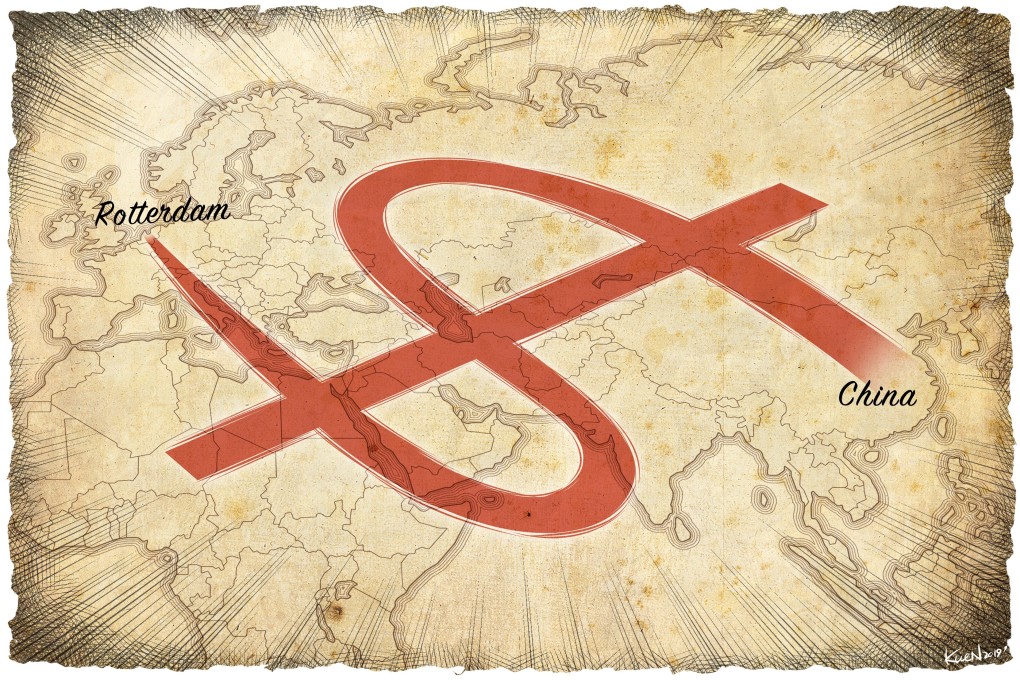Exclusive | Dominance or development? What’s at the end of China’s New Silk Road?
- Beijing’s global infrastructure drive will be in the spotlight this week when dozens of heads of state converge on the Chinese capital for the second Belt and Road Forum
- In the first of a four-part series, we look at what might be the real purpose of the massive programme

By the entrance of the main office in Cambodia’s Sihanoukville Special Economic Zone is a crimson message from the country’s prime minister, Hun Sen.
Written in flowing Khmer and Mandarin is a quote from the China-friendly strongman likening the area to “my own son”.
On the opposite wall is a quote from Chinese President Xi Jinping hailing the zone – one of the first industrial estates in Asia funded and jointly run by Chinese investors – as a landmark model of cooperation.
The zone is home to dozens of Chinese firms and is just 12km (7 miles) from Cambodia’s only deep-sea port, a facility that was developed with the help of China’s strategic rival, Japan.
China launched the scheme in 2015 to spur trade along ancient Silk Road land and sea routes linked to Asia, Africa and Europe.
Cambodia is one of the poorest and least developed countries in the world and has become a haven for Chinese investors, with capital inflows reaching an estimated US$3.9 billion last year.